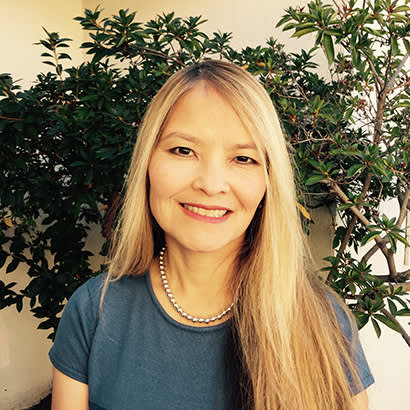
For an enhanced digital experience, read this story in the ezine.
Mahatma Gandhi once said, “You must be the change you wish to see in the world.” I would imagine those words resonate with most — if not all — park and recreation professionals. As stewards of the land and champions for public health and well-being, you have the power to create a world that is more equitable, inclusive and resilient. And you do that one community at a time. How do you begin? By engaging your community members and asking them what they envision for their neighborhood park.
This month, we take a closer look at park design with the cover story, “Parks Are Essential Public Health Infrastructure,” on page 34. Contributors Cheri Ruane, Julia Africa, Chuck Raymond, Gary Hilderbrand and Chris Reed highlight the role the park and recreation field can play in strengthening public health and safety through intentional park design, especially in underserved neighborhoods. “Recent research suggests that 92 percent of low-income blocks in the United States have less tree cover and hotter average temperatures than high-income blocks; these figures are not accidental but rather an artifact of structural racism and stark wealth inequality,” they write. What’s more, the contributors point out, “we…must bring to bear the full measure of the role that the profession plays and turn resolutely toward planning an even healthier and more equitable future.”
Sometimes, residents are the ones who first recognize a gap in their own communities, and therefore, directly engage their park and recreation department, as illustrated in the feature article, “Blazing a Trail in Bristol, Connecticut,” on page 40. Authors Nick Pitas and Sammie Powers take a closer look at the city’s new mountain bike pump track, which aims to offer more youth sports opportunities. “We believe everyone has a right to access high-quality parks and recreation, and we never want cost to be a barrier,” explains Dr. Josh Medeiros, superintendent of Bristol Parks, Recreation, Youth and Community Services (BPRYCS). To overcome this obstacle, he and BPRYCS have created the “All Heart Gear Shop,” in which young community members can borrow mountain bike equipment free of charge.
Lastly, in the feature article, “Evaluation Builds Park-Use Stories,” on page 46, contributors Aaron Hipp, William Beam, Kat Deutsch and Christopher Dunstan share new data on park use at Catherine Street Park, a two-acre park located in Baltimore. The park was renovated more than two years ago as a Parks Build Community project.
Cities like Boston, Bristol and Baltimore are testaments to innovative park design supported by strong community engagement and a shared goal of being the change they wish to see in the world.
Vitisia Paynich is NRPA's Executive Editor and Director of Print and Online Content.

